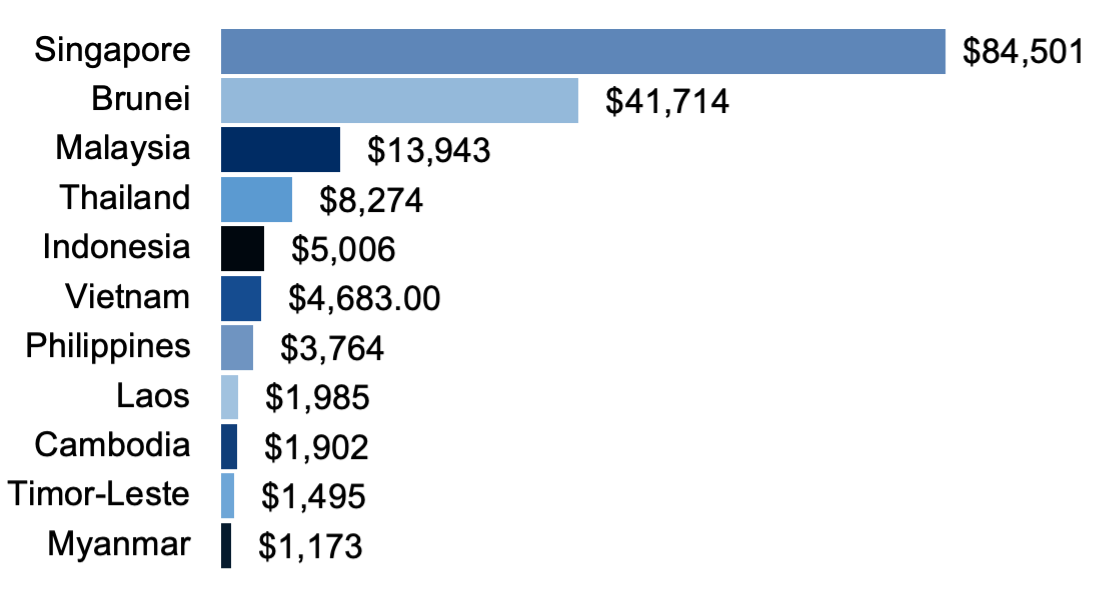VOLUME 17 NUMBER 1 (January to June 2024)

SciEnggJ. 2024 17 (1) 148-155
available online: June 06, 2024
DOI: https://doi.org/10.54645/2024171UCF-16
*Corresponding author
Email Address: ernestompernia@gmail.com
Date received: April 18, 2024
Date revised: May 27, 2024
Date accepted: May 30, 2024
COMMENTARY
Accelerated demographic and economic transition calls for resolute socioeconomic policies
Diliman, Quezon City
2Former Secretary of Socioeconomic Planning, National Economic
and Development Authority
3Former Lead Economist, Asian Development Bank
Population management seemed to have gotten underway quite well in 1970. But no sooner had the program gained traction than the Roman Catholic hierarchy and conservative groups voiced their strong opposition to family planning, which President Marcos, Sr. accommodated for political expediency. Thus, with a failed family planning program, declining fertility – a necessary condition for demographic transition towards faster economic growth, higher employment, and poverty reduction could not be achieved. A hugely missed opportunity graphically illustrated when comparing the Philippines and Thailand in particular, which had virtually identical key demographic-economic indicators in 1970 but drastically diverged by 2020. Apparently, the former ‘sowed the wind and is reaping the whirlwind’ – a cogent motivation moving forward for overcoming failures and balancing population and the economy better by adopting judiciously chosen policy options.
© 2024 SciEnggJ
Philippine-American Academy of Science and Engineering